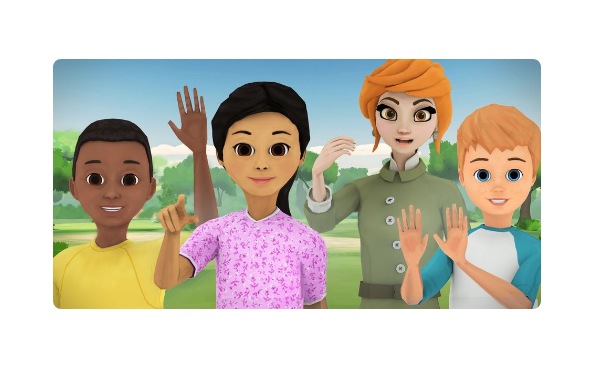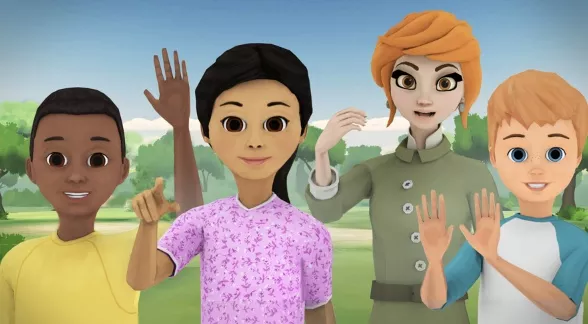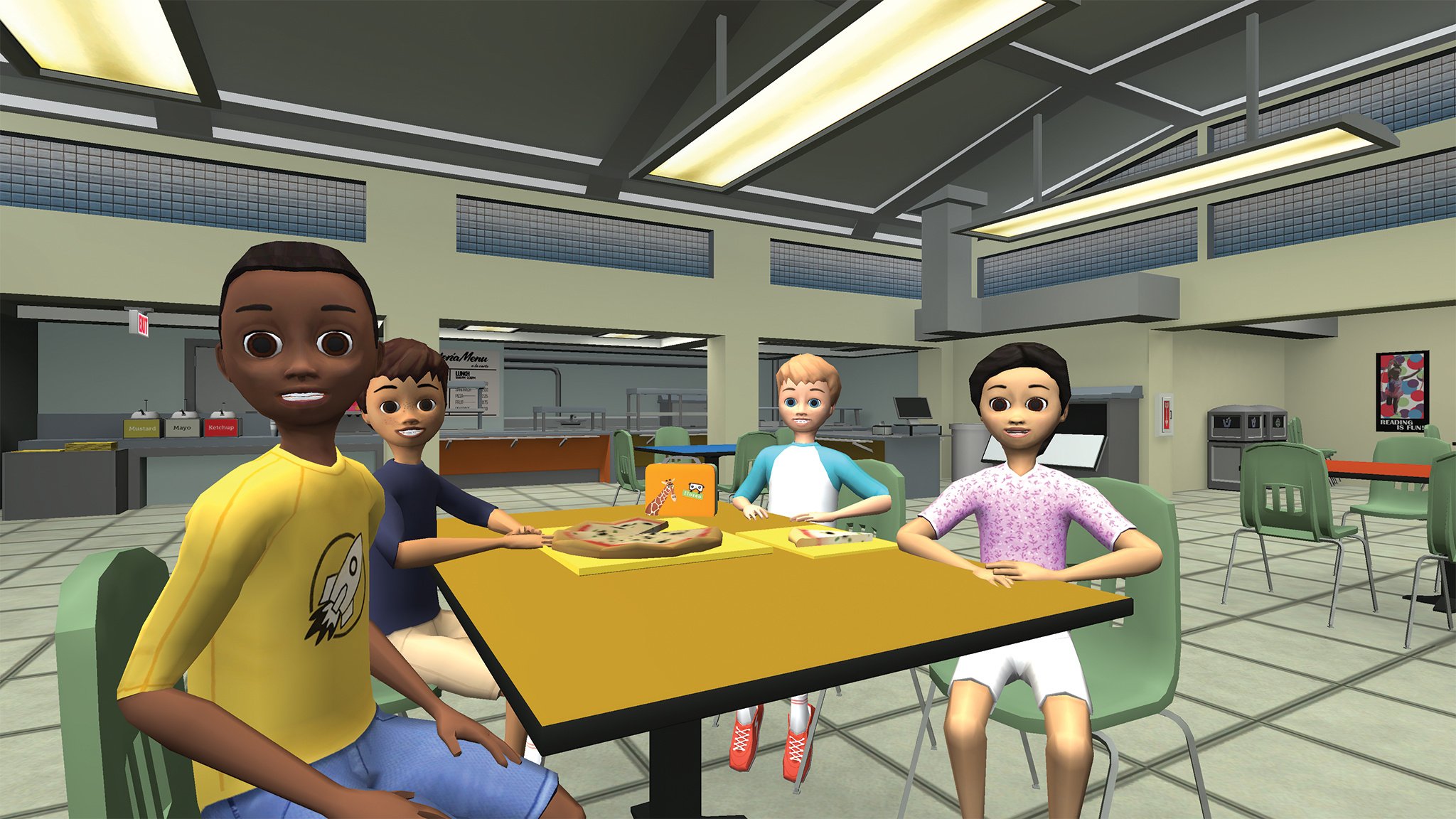
It's hard to wait. The art of waiting is a lesson and a skill that we need to revisit throughout our lifetime. It is also an art that is highly dependent on our emotional state. And for some of the individuals we support, it is an ability that can feel very out of reach. Here's how Floreo can help.
First, consider the emotional reactivity of your Learner on a scale of 1-10, when it comes to waiting, where 1 means the Learner is calm and unaffected and 10 means a total meltdown. Some of your approach might be to use the Emotional Regulation lessons (an observational experience, such as sitting in the Snowfall; one where Learners self-assess their emotional status, such as Peaceful Painting; or an experience that encourages a modified body scan and relaxation technique, such as Guided Meditation: Sitting in the Aquarium). Another preliminary consideration might be to think about the breadth of reinforcers your Learner has. If your Learner has only a few items or activities that are rewarding (or only a few that your Learner finds highly rewarding), waiting for this item or event might not be the place you want to start. Consider addressing waiting in a context is less emotionally charged. One of those contexts might be a Floreo lesson.
Some simple lessons to start with: Who Made That Sound? is a lesson in which the Learner needs to wait and listen for a sound. The wait is not very long, but it is noticeable. Then, in Find That Sound, the Coach can adjust the amount of time that the Learner needs to wait in order for the sound to start. In Find the Fish, the Learner has opportunities to wait and look around to find the fish that approach. Stop & Go with the Giraffes can put the wait time under the Learners control. In this lesson, Learners can determine how long they will wait to either bring the giraffes closer (by waving "come over") and determine when the giraffes will stop (by signaling "stop). Learners who are able to, may combine gestures with words for added emphasis.
The Listen & Find lesson series is a systematic way to approach lengthening the amount of time a Learner waits. These lessons require that the Learner wait for the "Go" signal before finding the named animals or objects. Learners who are in need of these lessons often look for the animals as soon as the direction is given. To help Learners with this skill, consider an unrestrictive tactile cue accompanied by the verbal cues, "Wait, wait, wait, ... " until the character says "Go!" and then remove the tactile cue and changing the verbal cue to "Go!" Please ensure that the Learner is feeling comfortable with the tactile cue and that the tactile cue is supportive and not considered a restraint. The Listen & Find lessons build in length and complexity of direction and the sequence of difficulty is as follows: Listen & Find, 1 Animal by Name; Listen & Find: 2 Animals, by Name; Listen & Find: 2 Animals by Name then Feature; Listen & Find: 2 Animals, by Feature then Name; Listen & Find: 2 Animals by Feature.
There are some Floreo lessons that have explicit wait time built in. Consider the lessons Start the Gestures Game and Raise Your Hand. In both of these lessons, the Learner is asked to raise a hand and wait to be called on. All of the bus lessons (Find Your Bus: This is Your Bus; Find Your Bus: Wait for 2nd Bus; Find Your Bus: Destination Not On Schedule; Find Your Bus: With Other People; Find Your Bus: Unmarked Bus; Find Your Bus: Troubleshoot Missed Bus) have waiting opportunities. Choose Your Police Encounter has a "Sit and Wait" behavior that can be addressed within the lesson. In some of the Crossing the Street lessons (Crosswalk Button Challenge; Check for Cars; Check for Risky Cars; Don't Follow the Jaywalker!), the Learner waits for the signal to turn to "Walk". In the airport security lessons, especially Security Savvy: TSA Search and Questions, the Learner is asked to wait in line and then wait at various points at the security check point for the signal to move forward. Finally, in Pool Party Safety 2: The Challenge, the Learner needs to wait until the end of the lesson to jump into the pool.
We all have a range of the amount of time we are able to wait based on our emotional state, and this ability almost certainly changes over time. Having thoughtful and kind-hearted approaches that we use to develop strategies to help us hone this art is always handy to have.






-1.png?width=550&height=250&name=Untitled%20(3)-1.png)